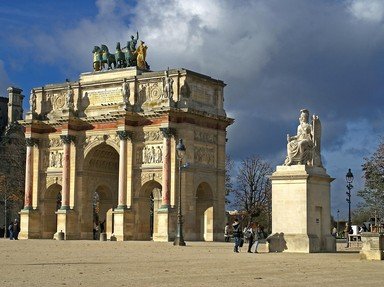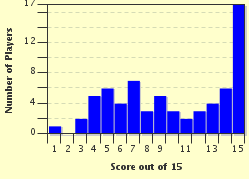Quiz Answer Key and Fun Facts
1. HMS Bellerophon was fondly known by her nickname. What was it?
2. Admiral Cuthbert Collingwood was Nelson's second-in-command at Trafalgar. On which ship was he?
3. HMS Polyphemous was in Admiral Collingwood's lee column at Trafalgar but what task did she perform at the conclusion of battle?
4. "HMS Temeraire" was painted by a very famous artist, and his work is worth millions today. He is referred to as one of the great old masters. Who was he?
5. Captain George Duff was commander of HMS Mars at Trafalgar and what happened to him
6. Who was the surgeon of HMS Victory? (He went on to write a famous account of Nelson's death).
7. Which captain was in command of HMS Belleisle? She was in Admiral Collingwood's division at Trafalgar.
8. The French ships Formidable, Mont-Blanc, Scipion, and Duguay-Trouin escaped after the Battle of Trafalgar was over. but what happened to them?
9. Which captain was in command of HMS Naiad?
10. Captain de Vaisseau Lucas was in command of the French ship Redoutable. What was he awarded by Napoleon?
11. On which date and in company with which ship did Nelson set sail from England in HMS Victory to search out the combined French and Spanish fleet that was later beaten at the Battle of Trafalgar ?
12. What role did Federico Carlos Gravina y Nápoli play in the Battle of Trafalgar?
13. The French commander, Admiral Pierre-Charles Villeneuve, was taken prisoner at Trafalgar and taken back to England he was given parole in 1806 and returned to France, but what happened to him then?
14. After the Battle of Trafalgar had finished sailors on both sides faced a challenge from what?
15. Which port did HMS Victory make for after the battle ?
Source: Author
funtinca
This quiz was reviewed by FunTrivia editor
bloomsby before going online.
Any errors found in FunTrivia content are routinely corrected through our feedback system.


